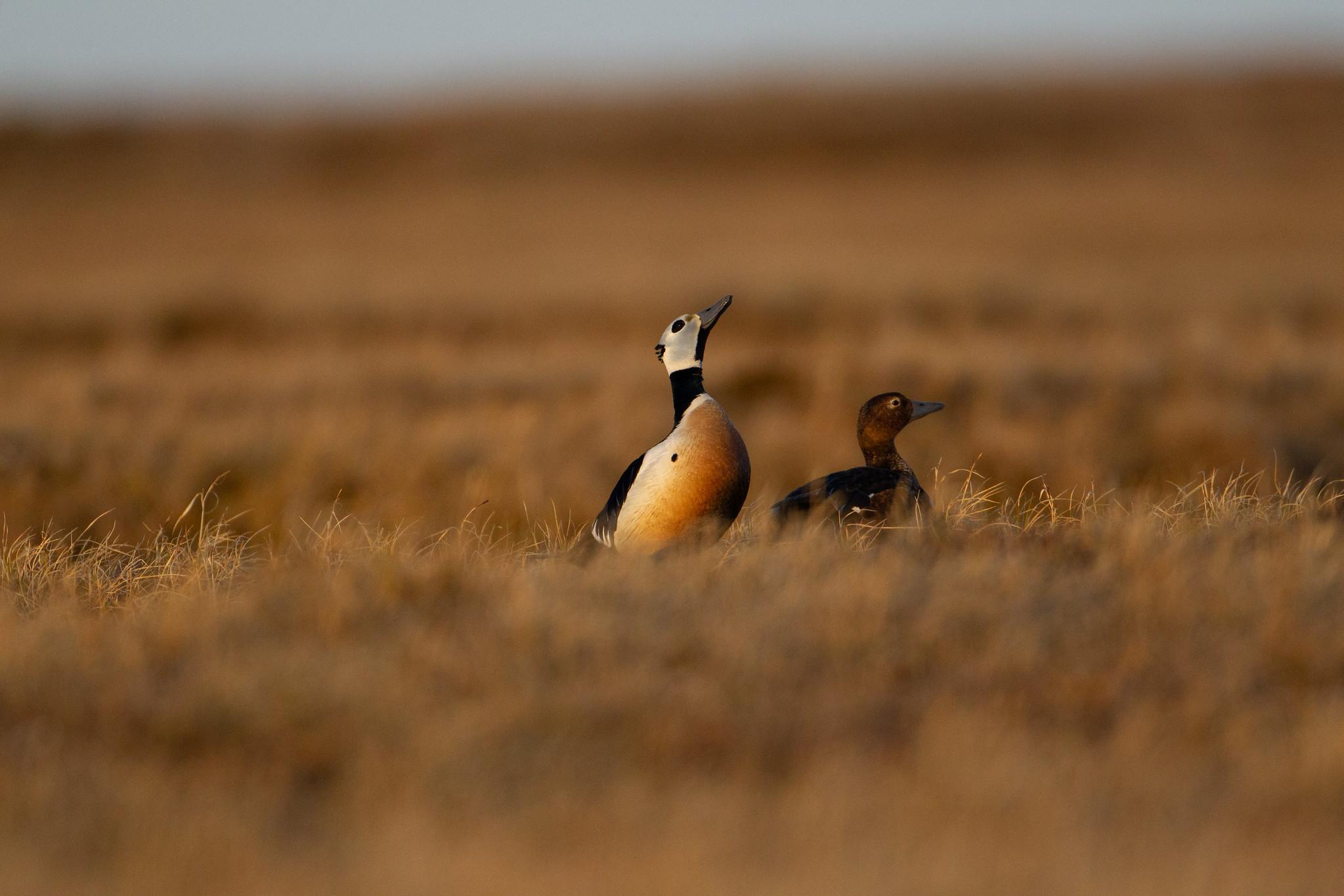
For the birds
Birds give us song, beauty, food, a vision of flight.
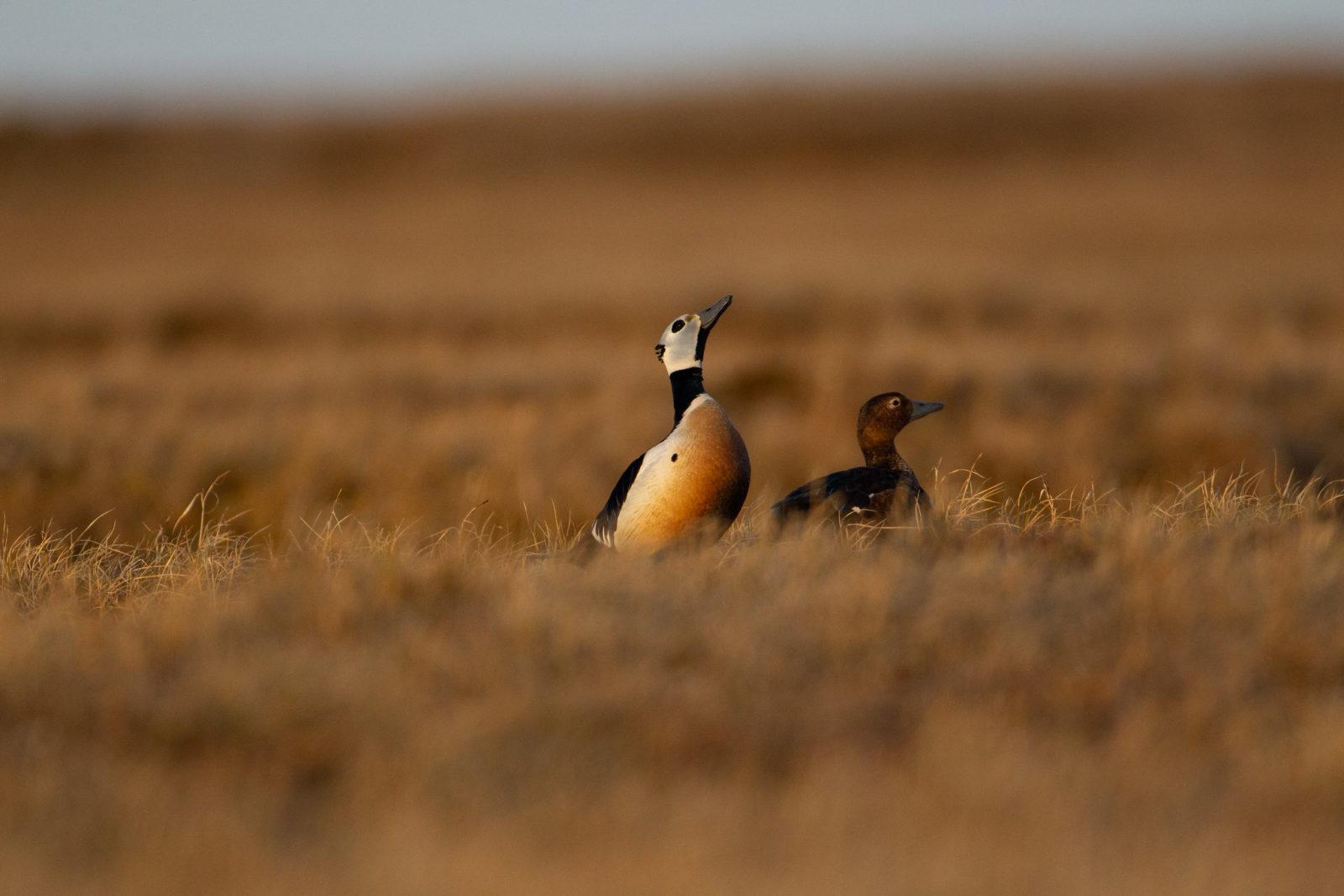
Some birds use tools. Some fly thousands and thousands of miles nonstop one way on annual migrations. Some swim as seamlessly as they fly.
Some birds rely on specific foods like eelgrass while others eat almost anything. Some birds live all year in Alaska and others fly over oceans and continents to get here.
For so many bird species, the lands and waters of what we now call Alaska have nourished them for millennia—and these birds, in turn, nourish Alaska in both concrete and intangible ways.
Listen to the birds
Birds can tell us about climate change. They experience the harms of degraded and polluted skies, lands, and waterways, and their health tells us about the health of the land, water, and human and animal communities.
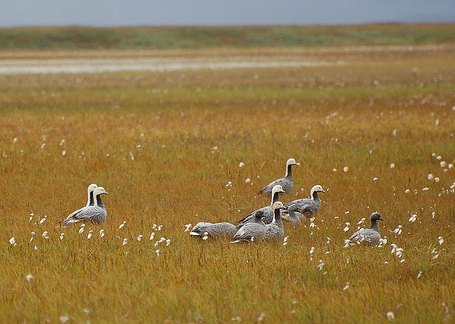
A Cornell Lab of Ornithology report shows a staggering loss of nearly 3 billion North American birds since 1970.
We should care about birds as living beings who belong alongside us, and as integral to the health of the planet. Protecting them means protecting all communities now and in the future.
In late September, the Biden administration restored critical protections to migratory birds that were revoked by the Trump administration. These protections won’t go into place immediately and millions of birds remain vulnerable to habitat loss and the impacts of the climate crisis, but it’s a good first step in restoring federal protections to animals that help ecosystems flourish.
A few of our favorites
Did you know that Alaska is home to more officially designated Important Bird Areas than anywhere else in the country?
This includes places like the Arctic and Izembek national wildlife refuges, areas we have protected through litigation and as part of coalitions working to protect Alaska lands and waters.
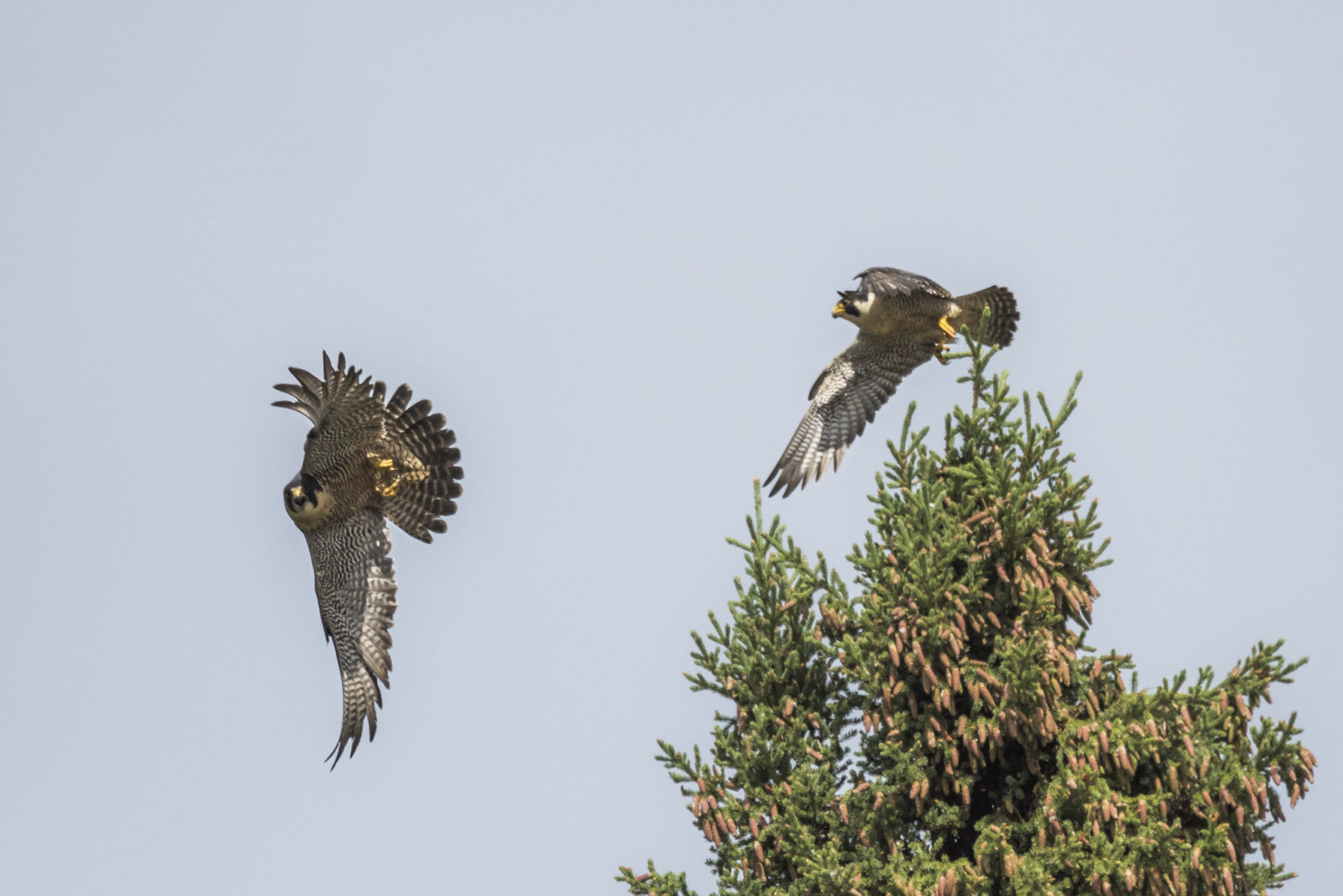
Audubon Alaska’s Arctic Refuge Virtual Bird Festival recognizes some of these birds and the lands that give them food and places to nest, molt, and thrive.
We too honor birds everywhere with this short list of favorites.
Peregrine Falcons
The fastest bird in the world — peregrine falcons — suffered from DDT exposure along their migration path, with the American and Arctic subspecies declining precipitously in the mid-1900s. Falcons that migrated along the Porcupine River in the Arctic Refuge were one of the populations hit hard. Their endangered status helped their recovery. Learn more from researcher Fran Mauer who studied these birds and their interconnectedness with the rest of the Arctic Refuge, adjacent Canada and beyond. Alaska supports all three species of North American peregrine falcons, with some wintering in South America and others staying in Alaska all year.
Black brant
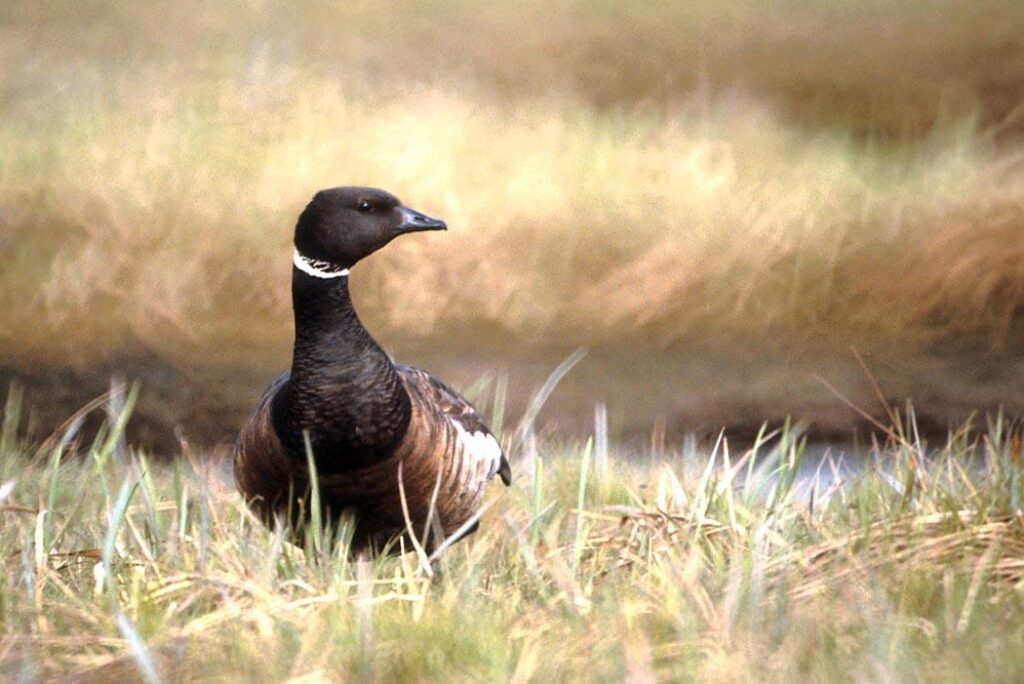
Black brant molt in large numbers on freshwater lakes north and east of Teshekpuk Lake in the western Arctic. Each fall, the entire world population of pacific black brant makes a critical stop in the Izembek Refuge on their journey from the Arctic to Baja, Mexico. Nearly 150,000 black brant can be found in the Izembek Lagoon on the east side of the Refuge — home to the largest North American population of eelgrass, their primary food source.
Emperor Geese
A Bering Strait species, emperor geese primarily nest in western Alaska and throughout the Aleutian Islands. Each fall and spring, the entire world population of emperor geese (around 68,000) migrate through the Izembek Refuge. With only 1 of 10 goslings surviving their first year, emperor geese have a slow population growth status and are particularly vulnerable to the effects of climate change.
Steller’s Eiders
Steller’s Eiders are most commonly found in Utqiagvik, though they can also be seen from St. Lawrence Island in the spring. After breeding in the Arctic, Steller’s Eiders gather at Izembek Lagoon to molt their flight feathers before flying to their winter home, a phenomenon known as a “molt migration.”
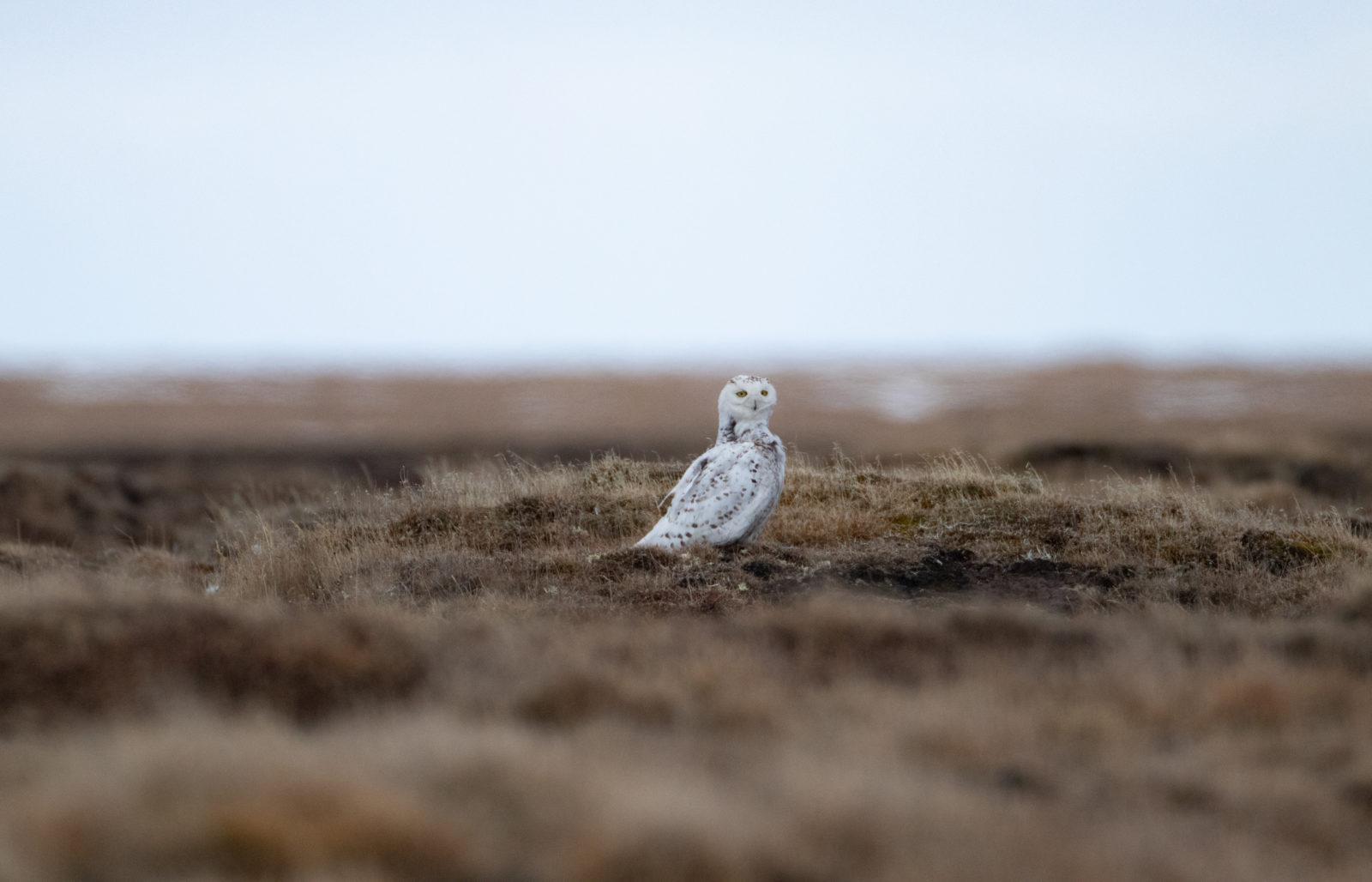
Snowy Owls
These iconic owls of the high Arctic tundra eat lemmings, voles, geese and other small mammals and birds. They move throughout north America and are nomadic when breeding, though their migrations are not well understood. They will, like all birds, suffer significant habitat loss as global temperatures rise.


